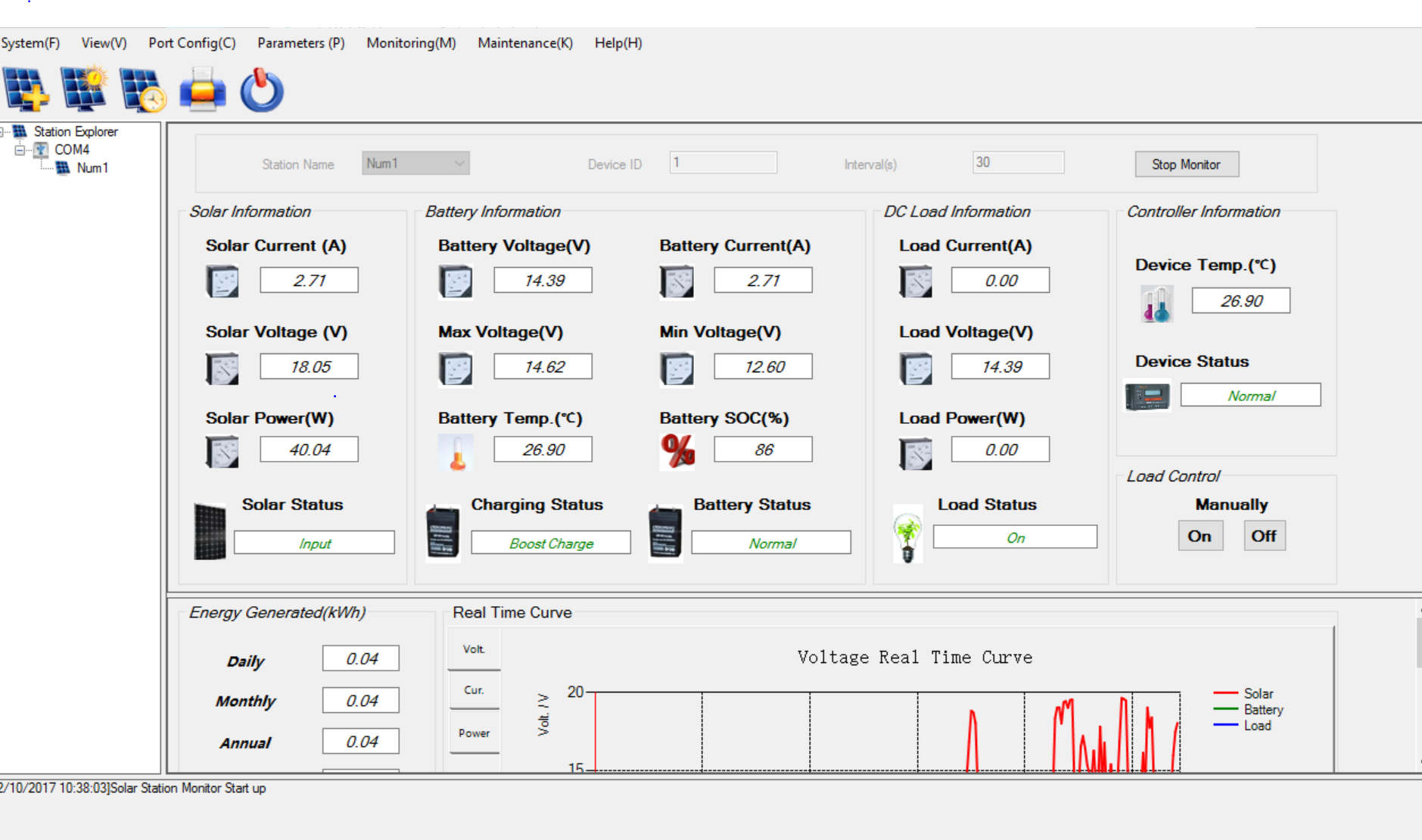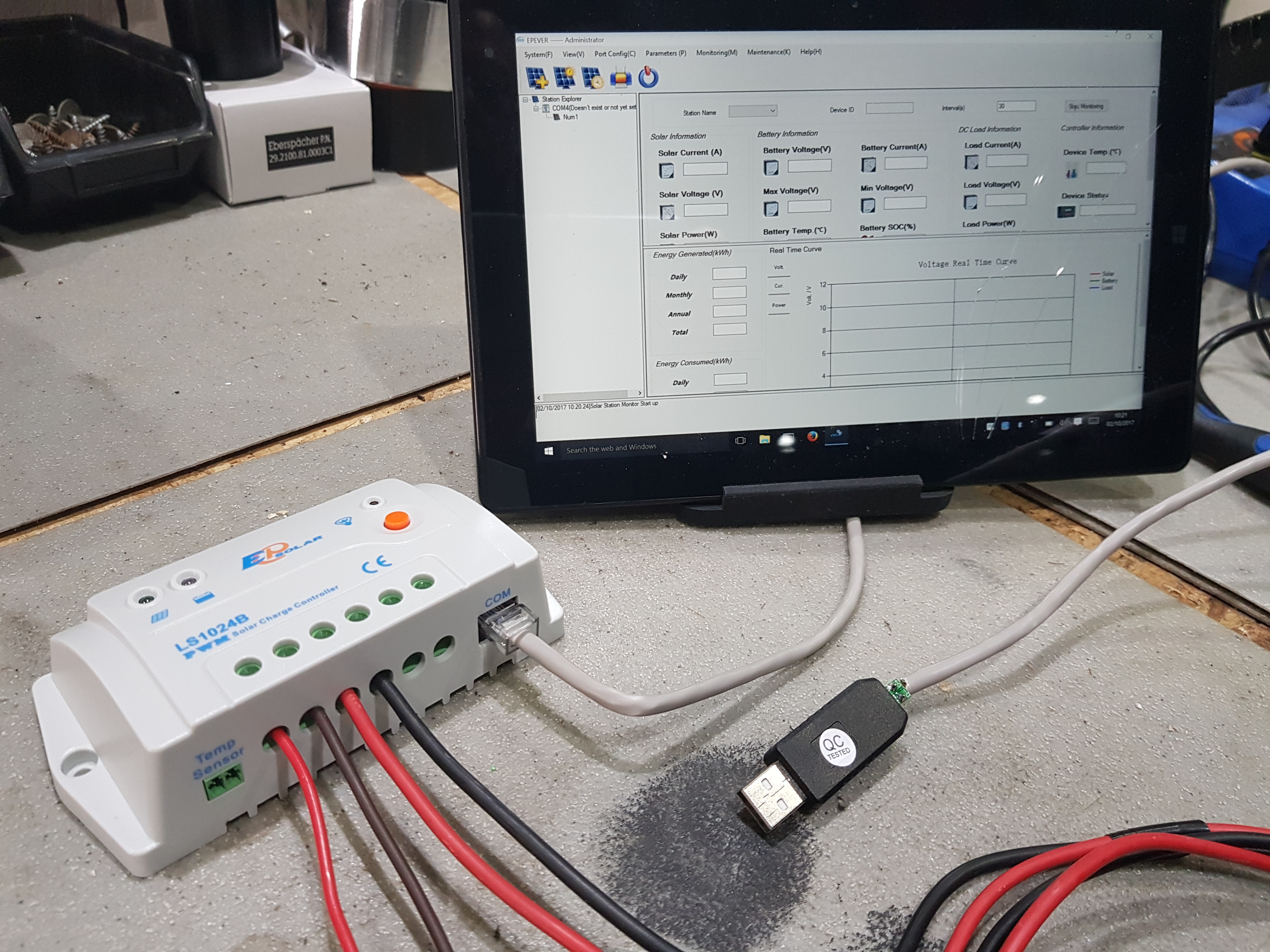
When its time to go ‘off-grid’ and sample the wild side of your campervan lifestyle, you lean pretty heavily on your leisure battery.
Supplementing your power needs with a solar panel could make the difference between everlasting power and lights out when the leisure battery finally gives up the ghost. It may be sooner than you think!….
Modern semi-flexible thin mono-crystalline solar panels are invisible on your T5/T6 due to their roof hugging design but are also pretty efficient these days… and at a reasonable cost.
Managing this new found free power efficiently is the secret. The solar power system consists of a panel, connecting cables with environment proof connectors and lastly a power management controller.
There are 2 main types, PWM (Pulse Width Modulation) and MPPT (Maximum Power Point Tracking). Both jargonese terms but basically PWM is more common for 12volt systems (typical campervan application), whereas MPPT is better at handling higher voltages when it becomes much more efficient. PWM controllers are generally cheaper.
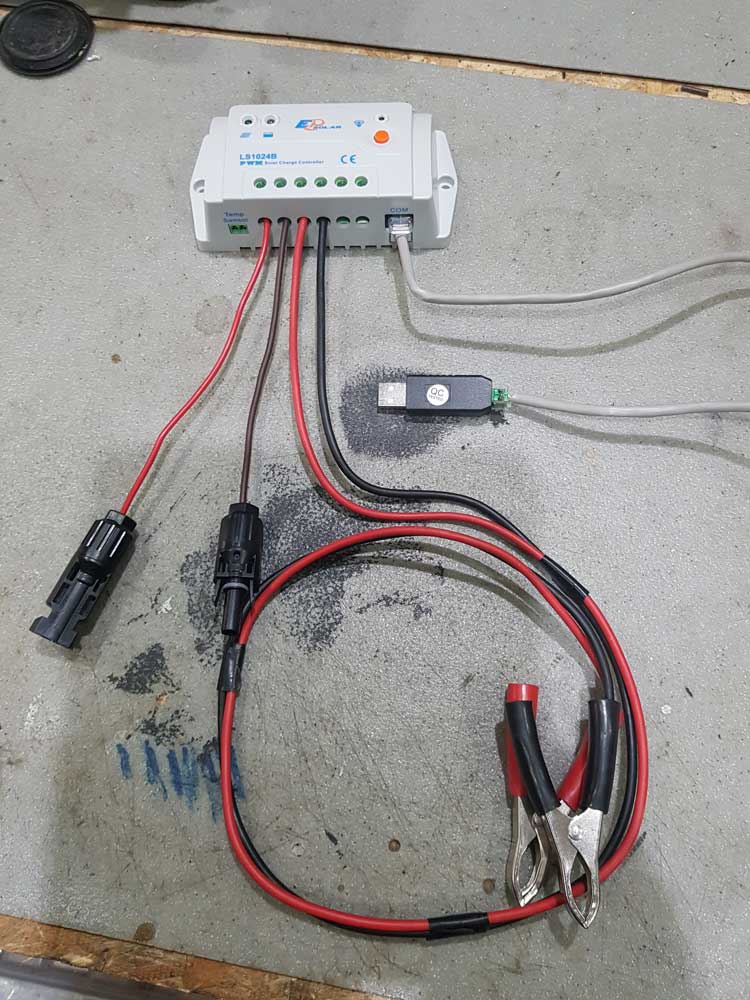
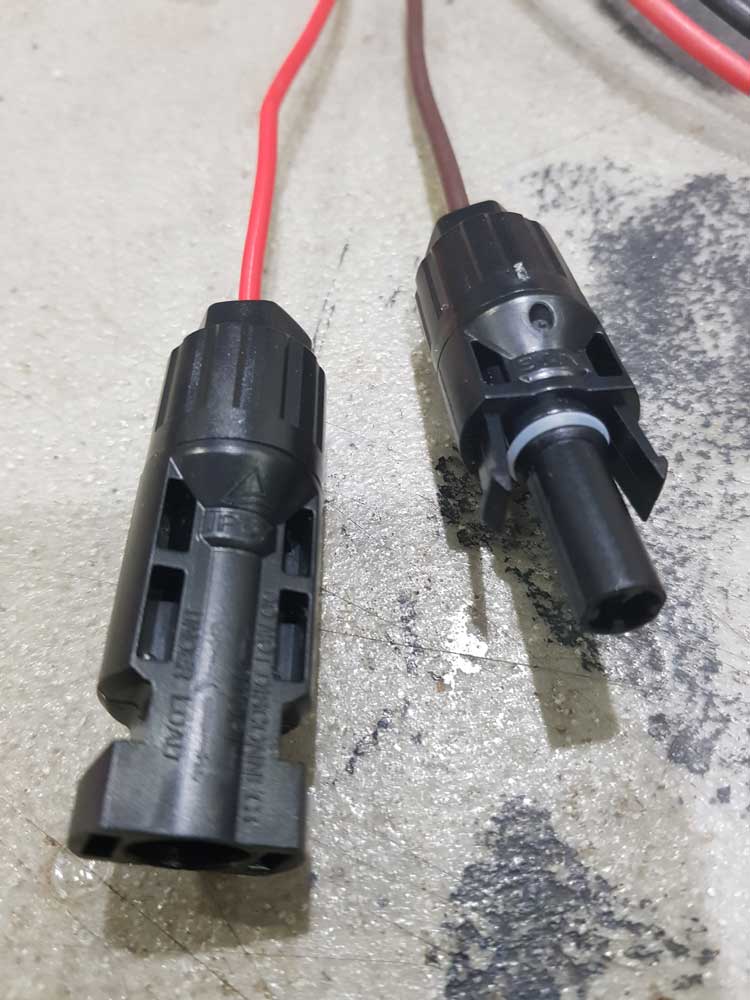
Setting up your new controller and solar system can be a bit daunting as they are not always ‘plug’n’play’ like we are used to these days.
Here at Blue Sky, we fit fully programmable PWM controllers that are are setup for each complete system. Every new system goes on test to ensure that the solar panel voltage output is as it should be and the controller switches the load and leisure battery charging according to each customers needs.
BThe PWM controller has an RS485 communications port which can be connected by special cable to setup and logging PC software.
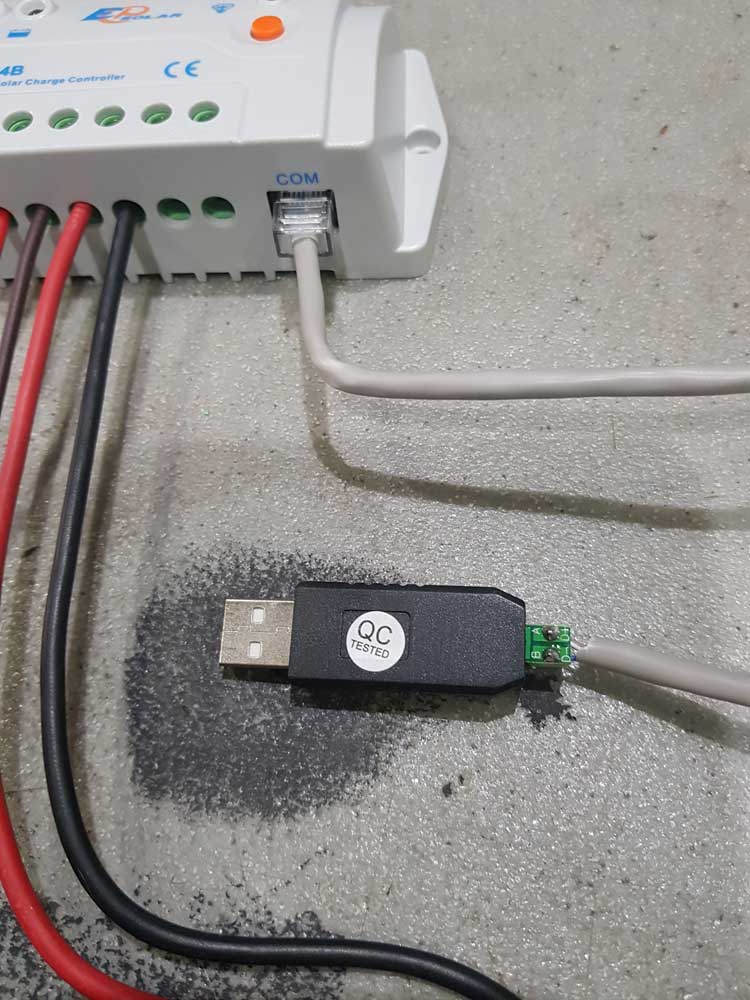
Here you can see the solar panel and its controller in operation during interrogation by the PC software.
This 80watt panel on test was giving a healthy 14 volts DC to boost charge the connected leisure battery equivalent to 40watts of output. This was on a mostly cloudy day with the sun occasionally shining through. You can see the output peaking on the logging trace during these sunny periods.
This represents about 50% efficiency on a cloudy day. The maximum efficiency you can achieve with a PWM controller is around 70%.
Not bad for nothing…..
